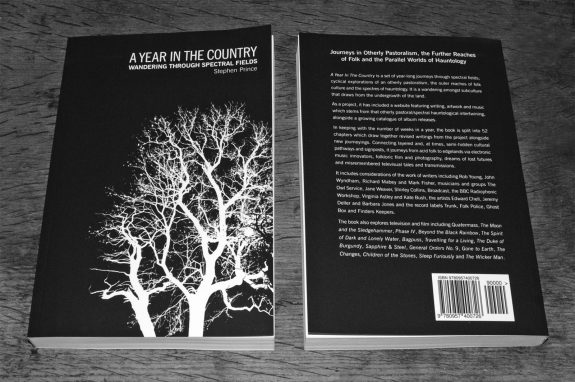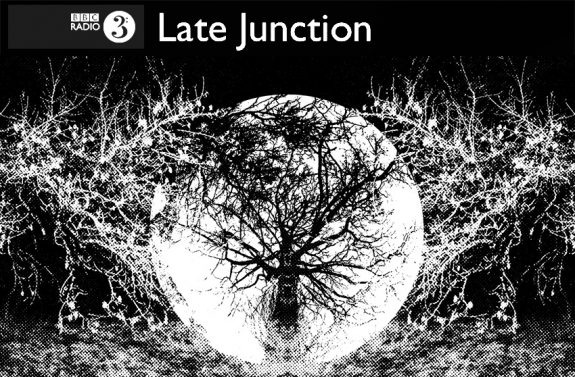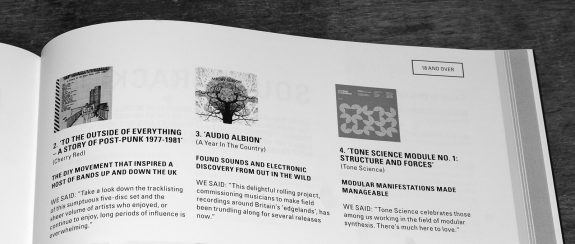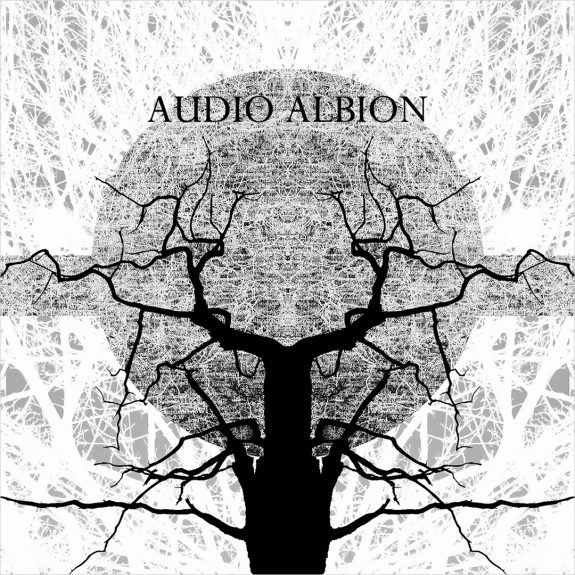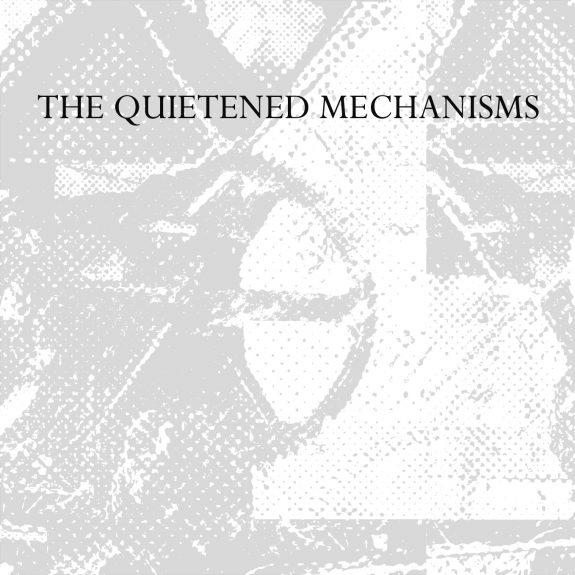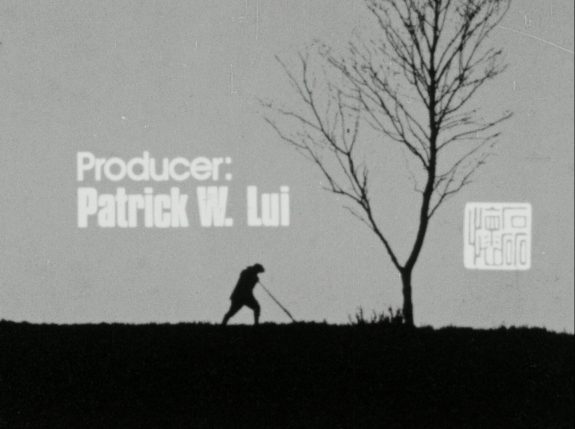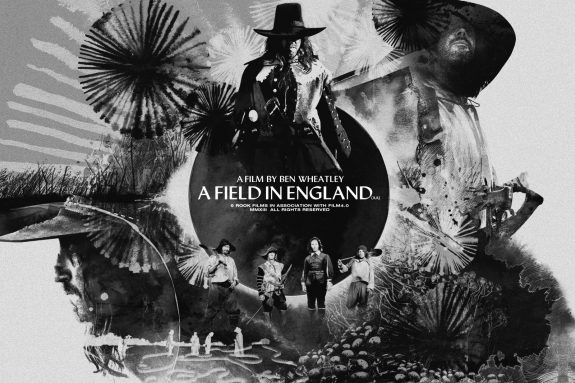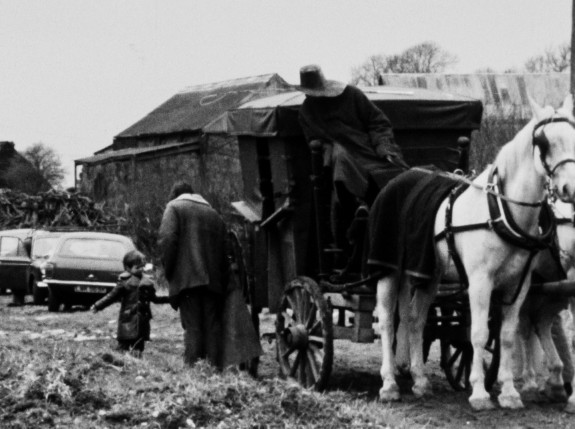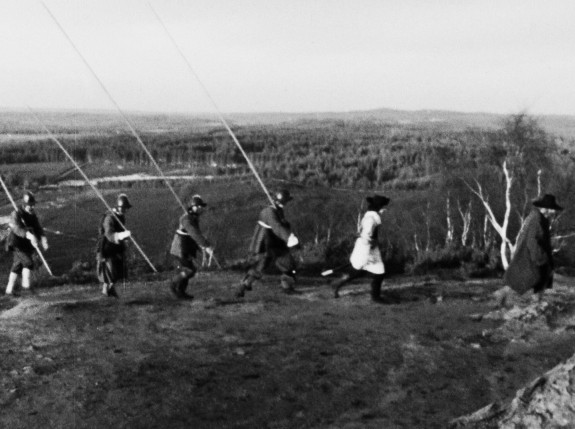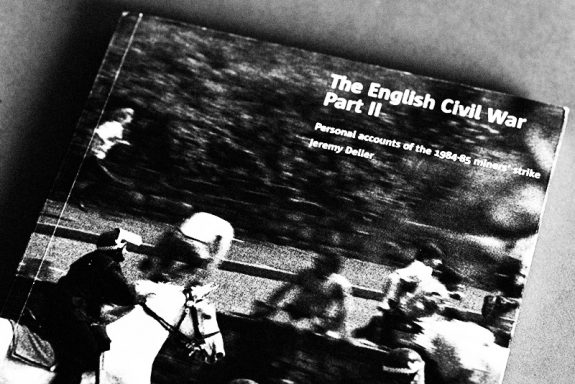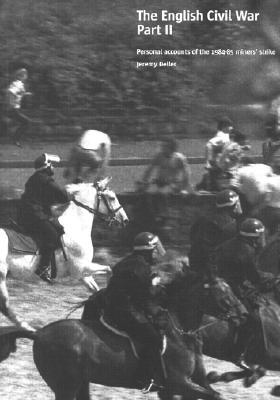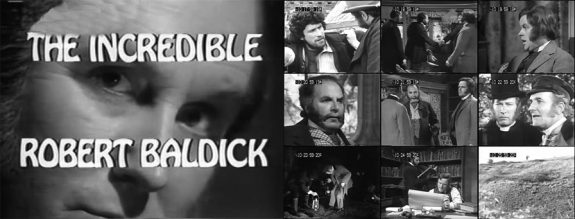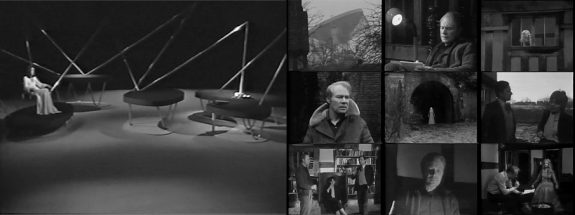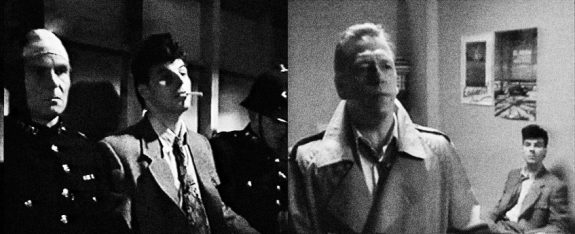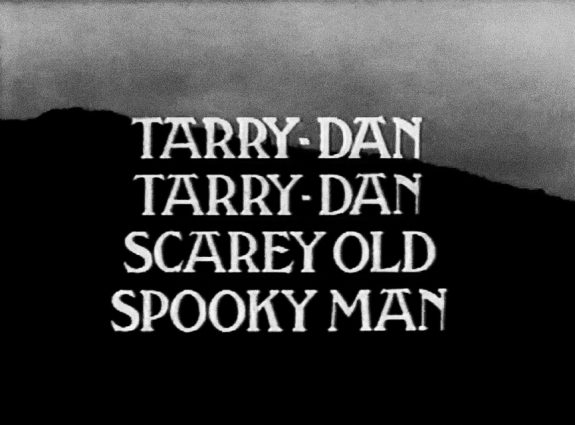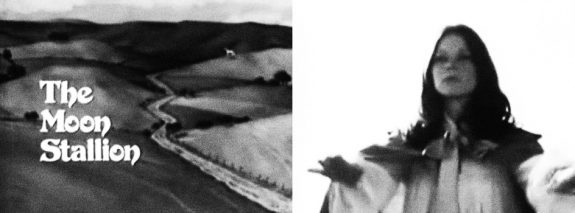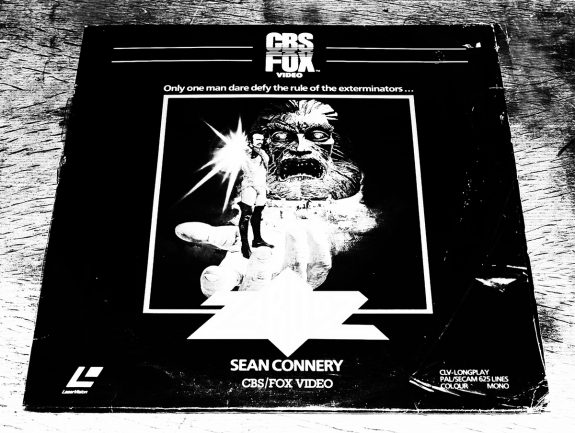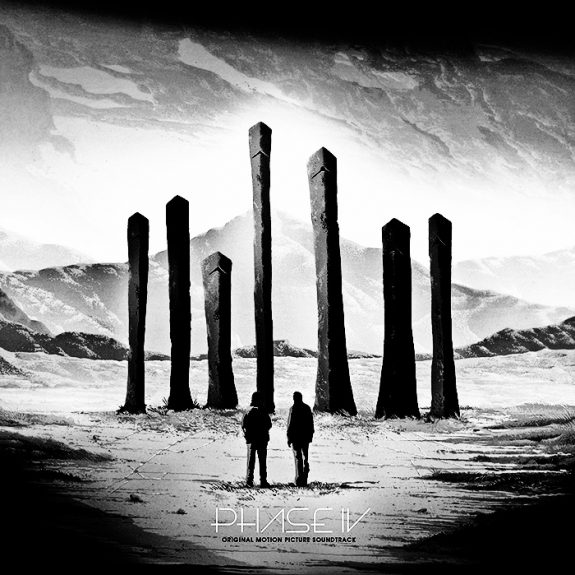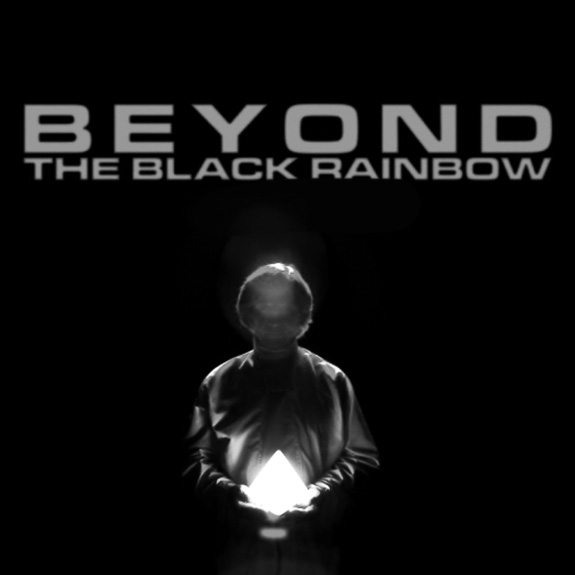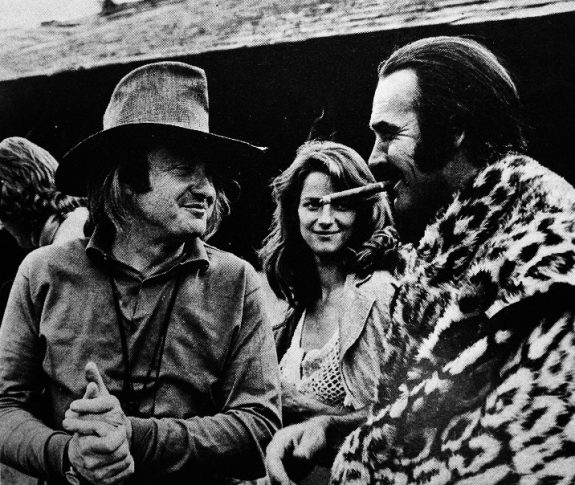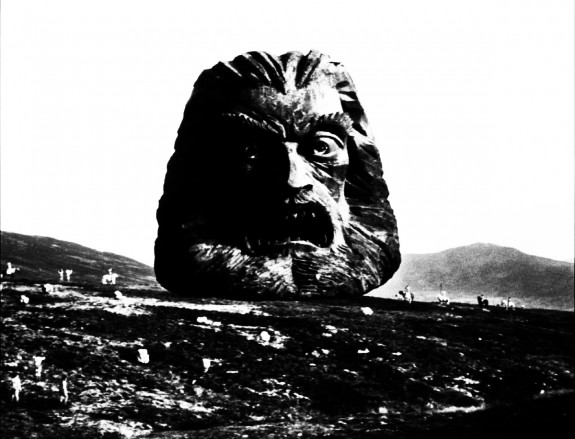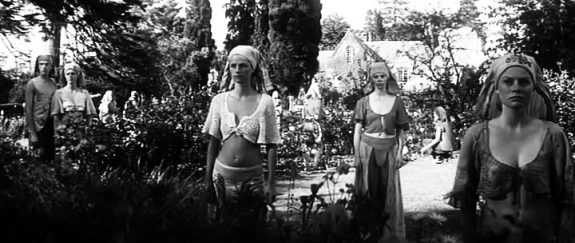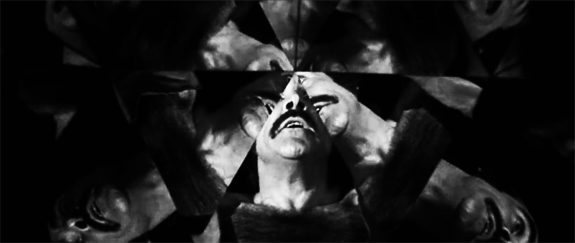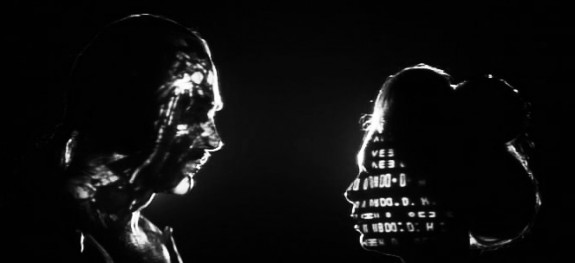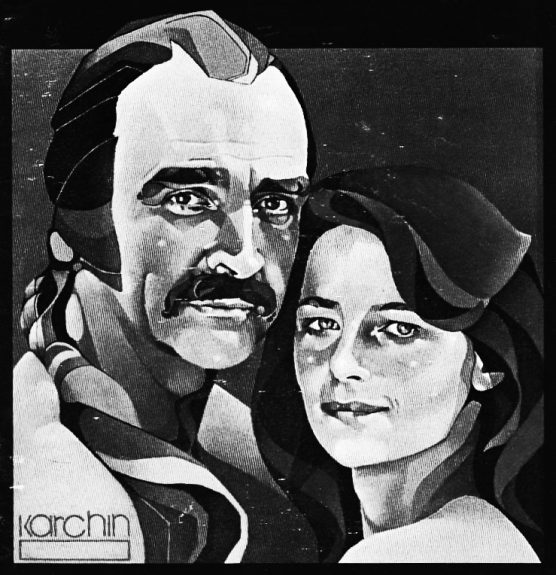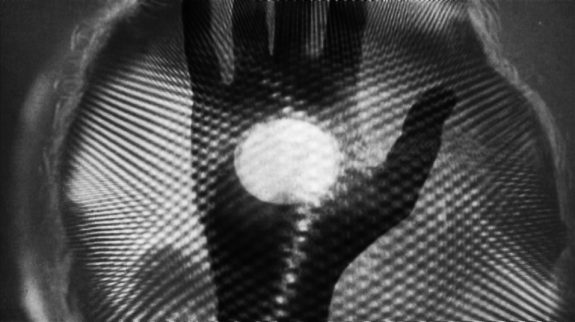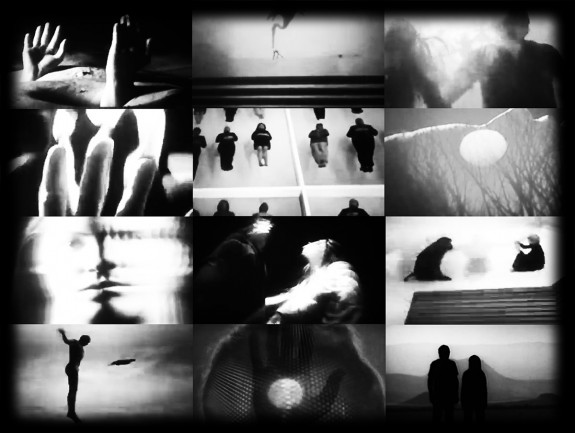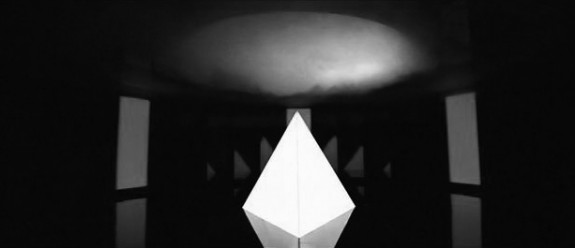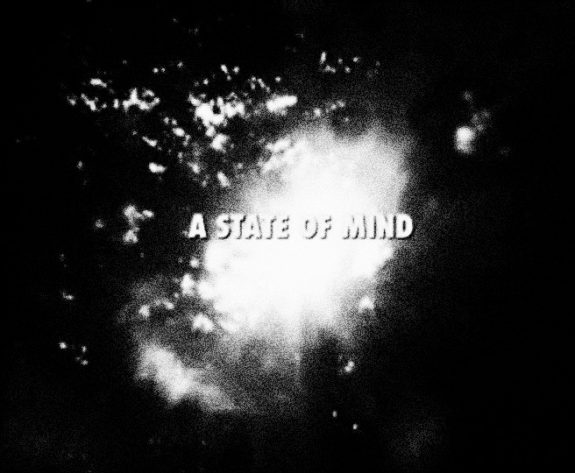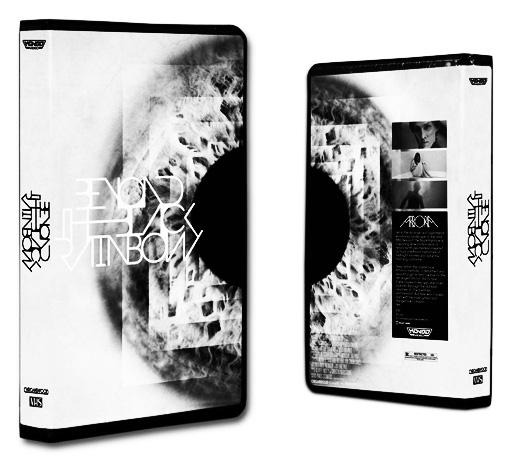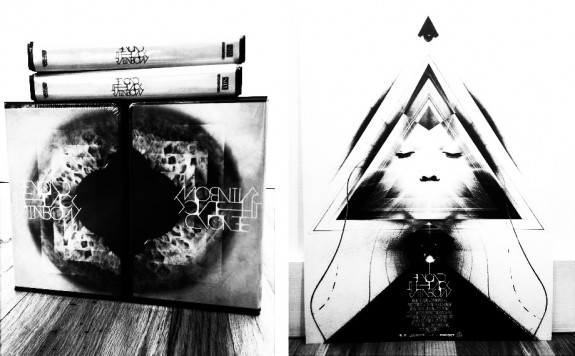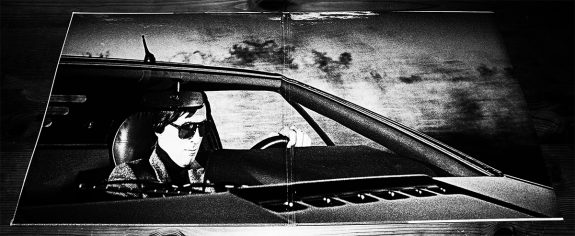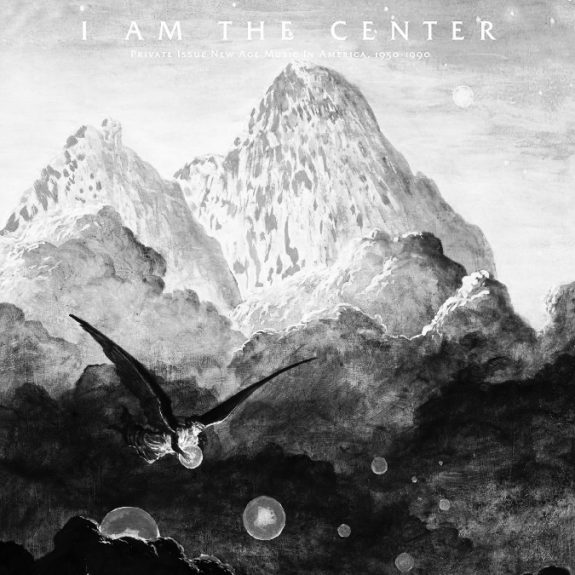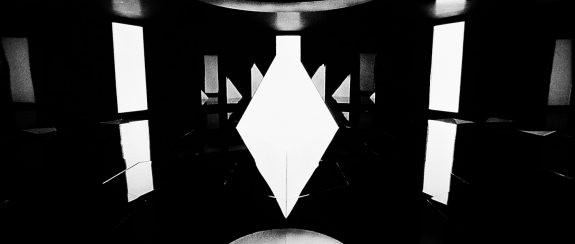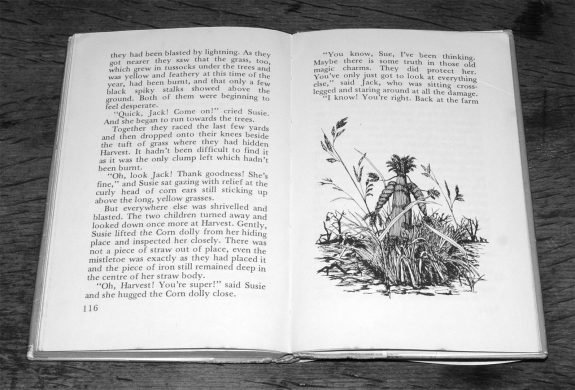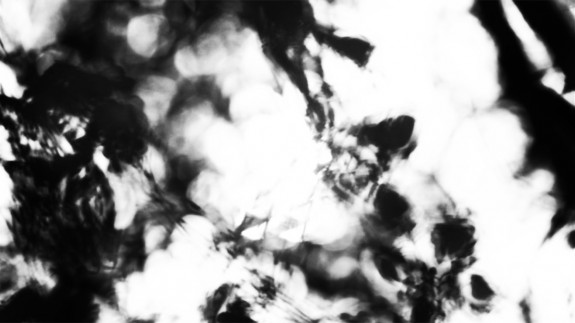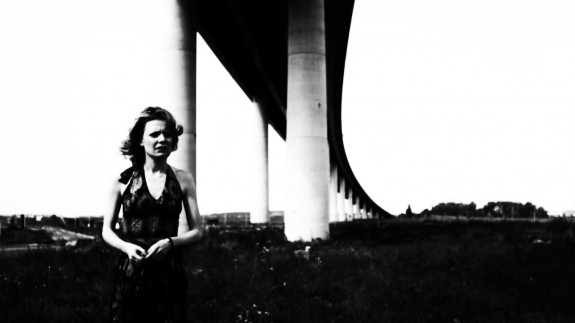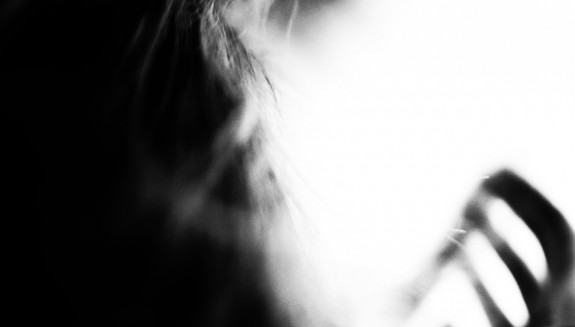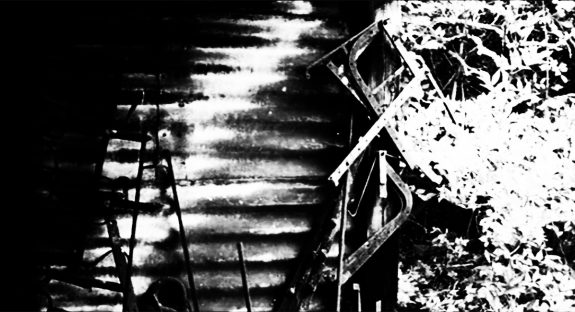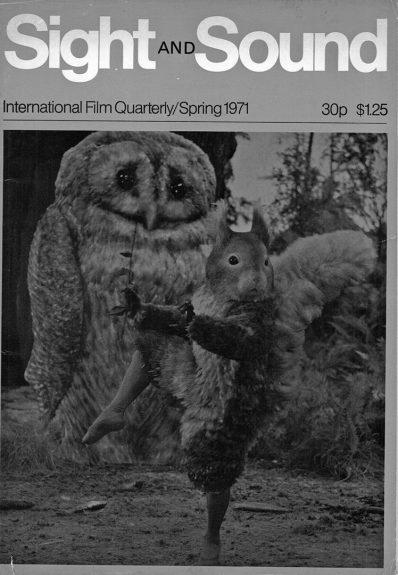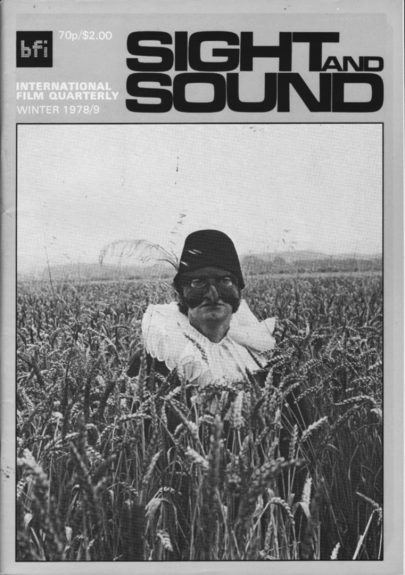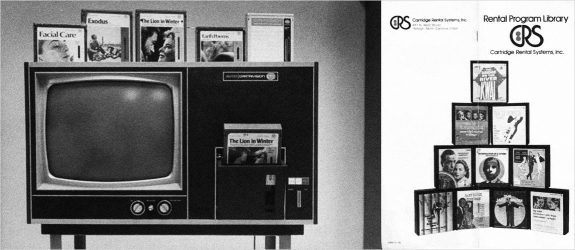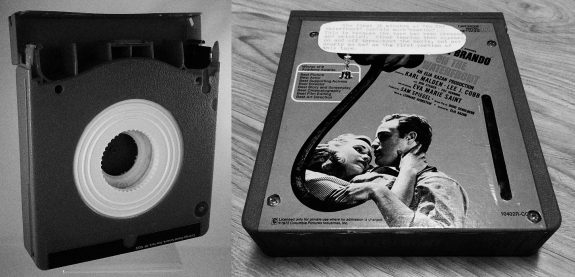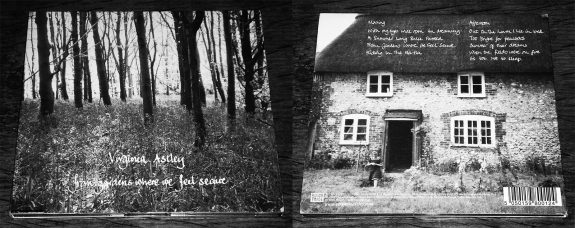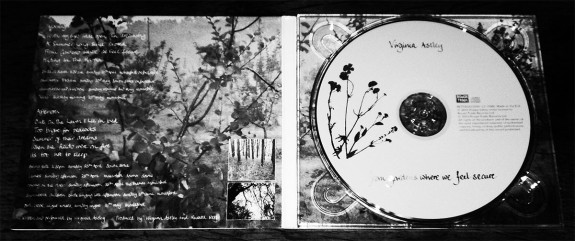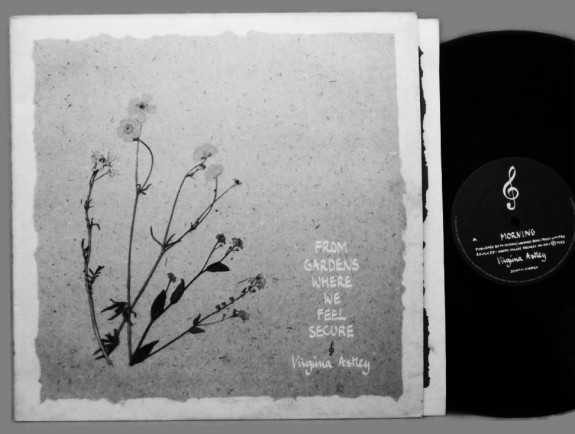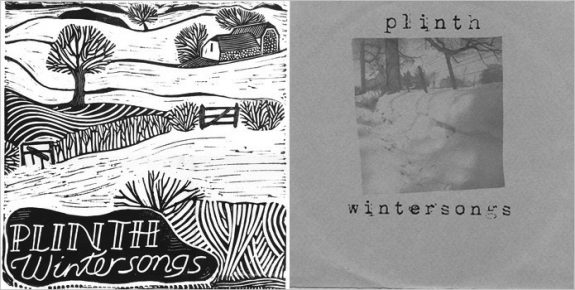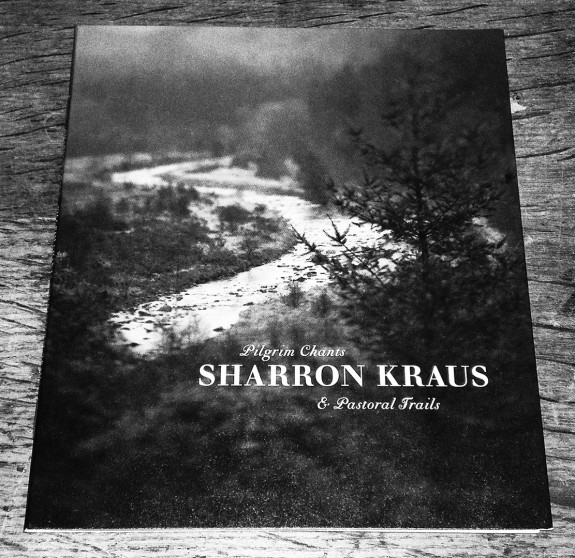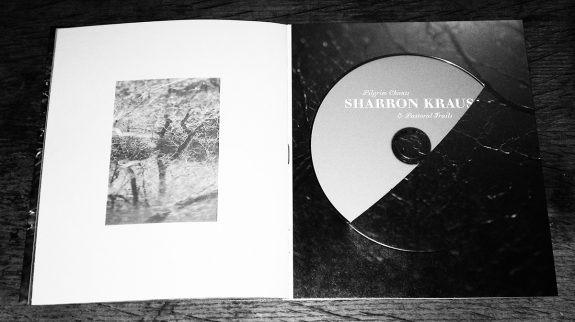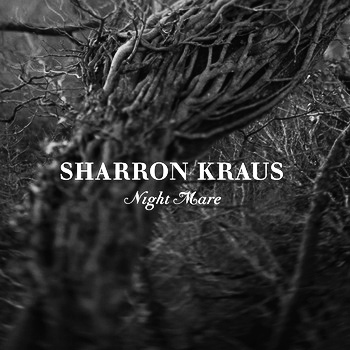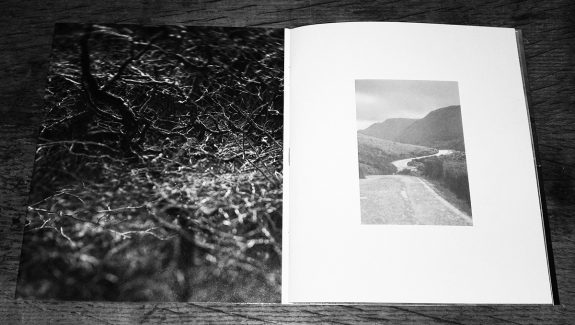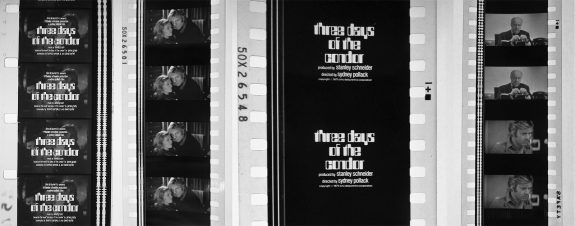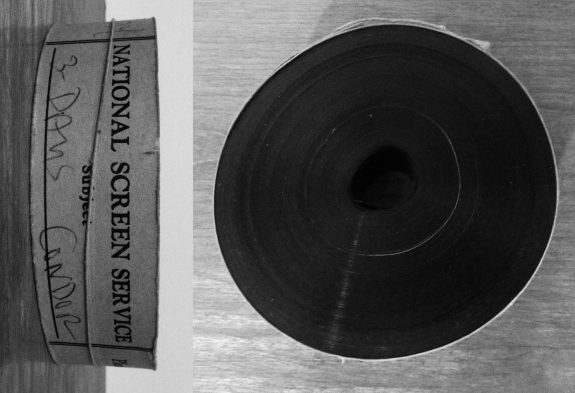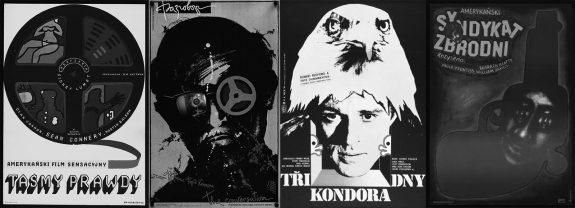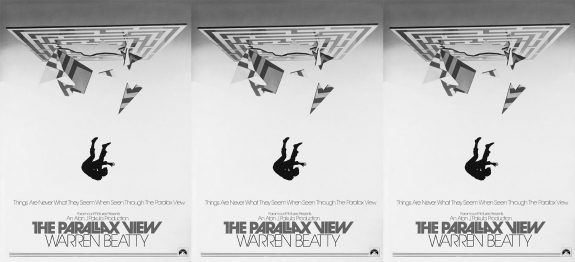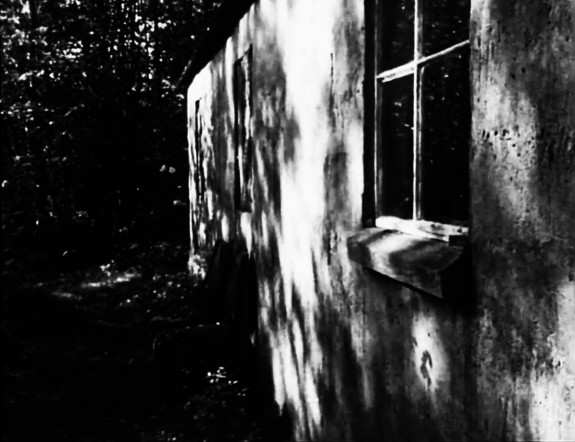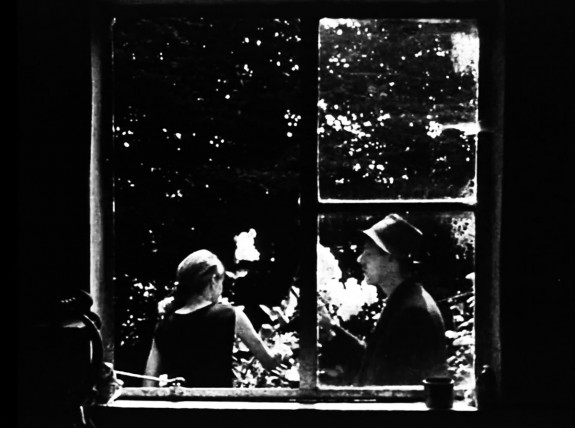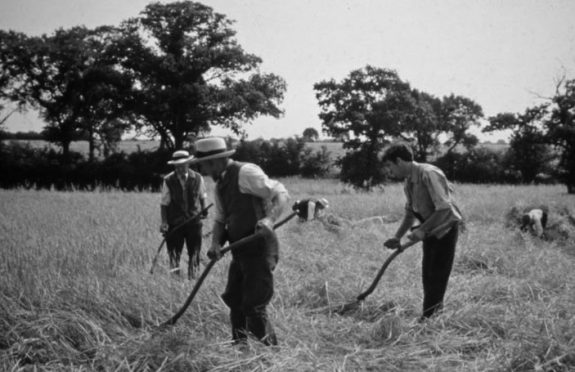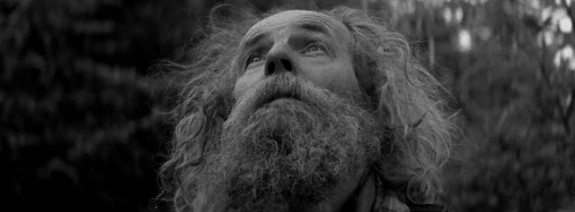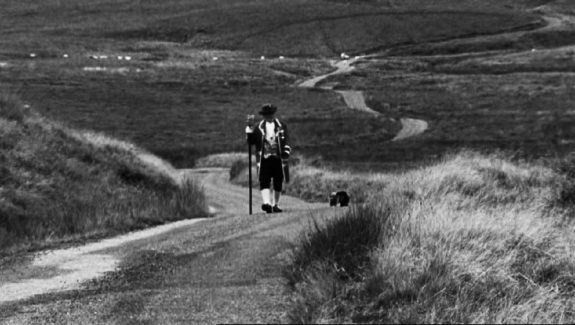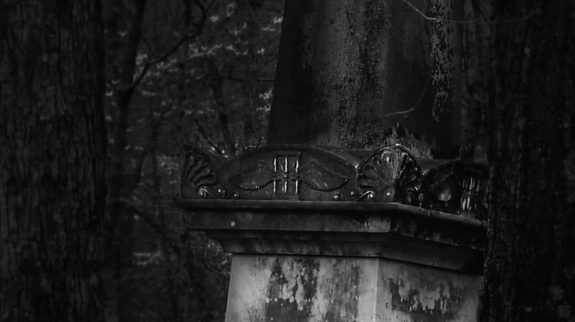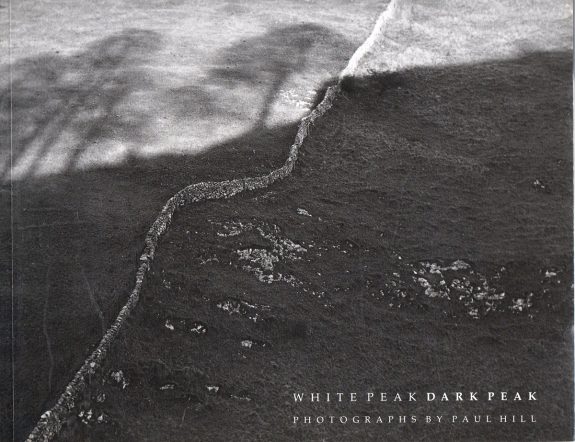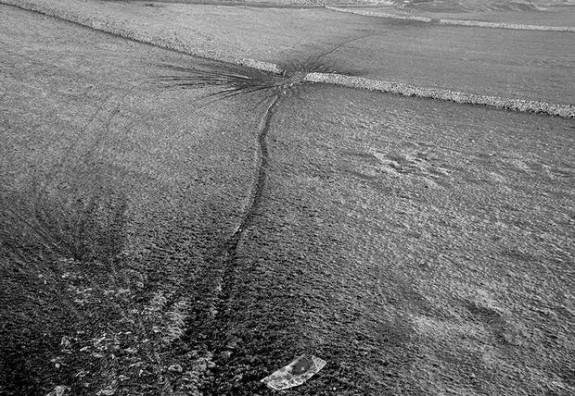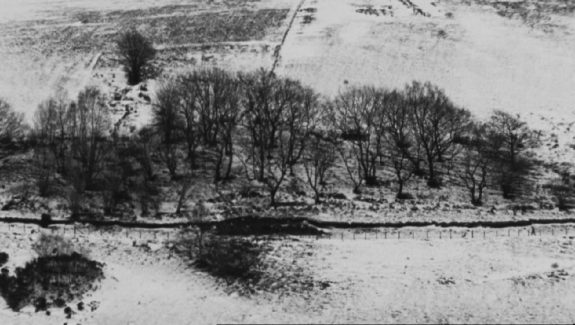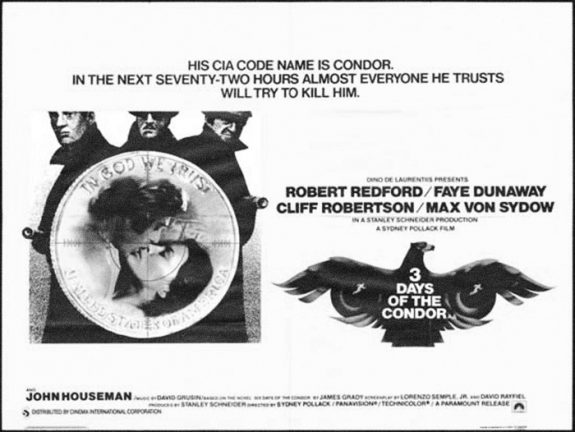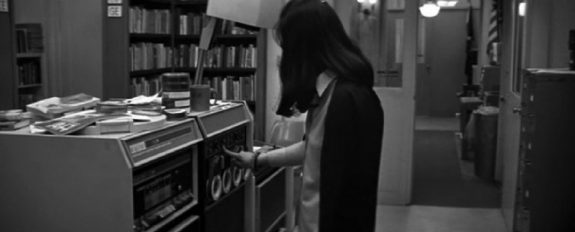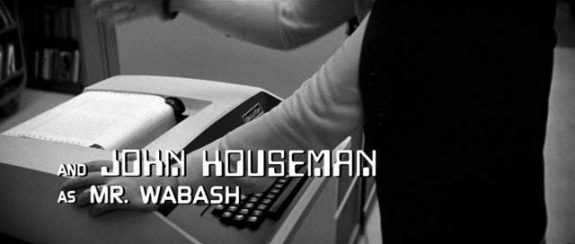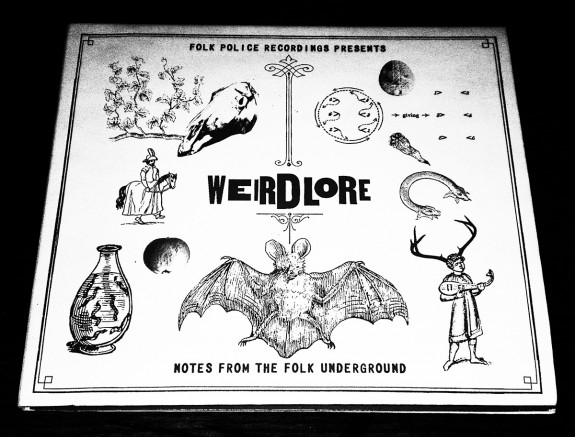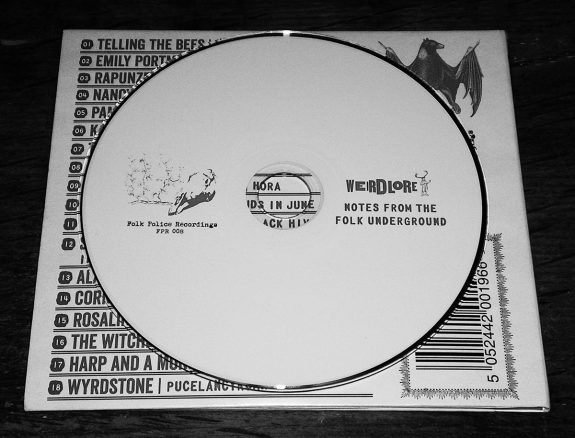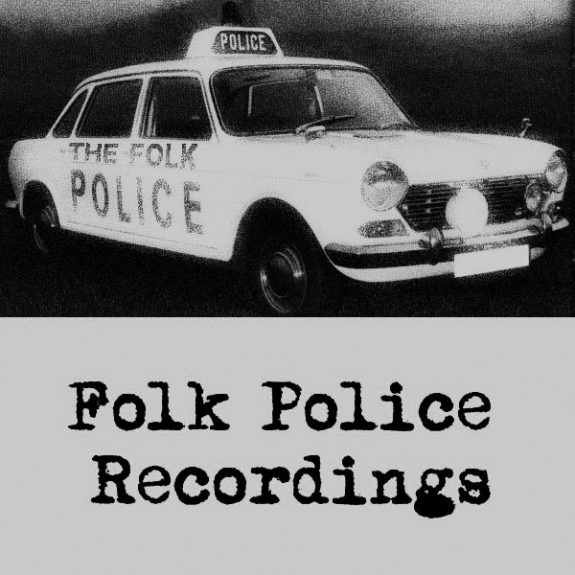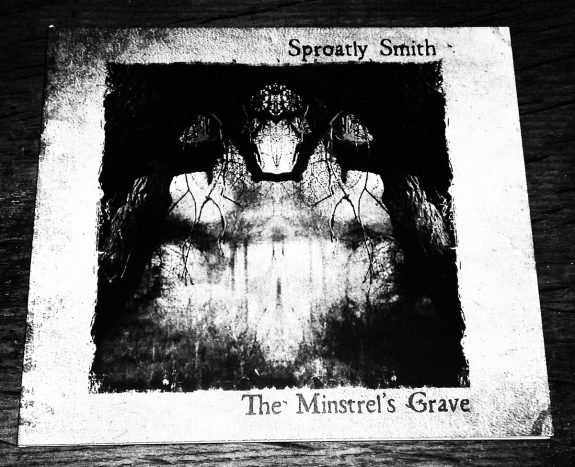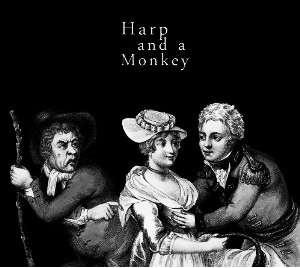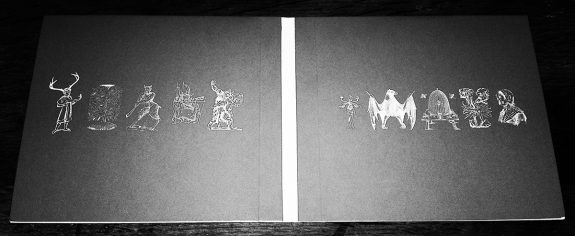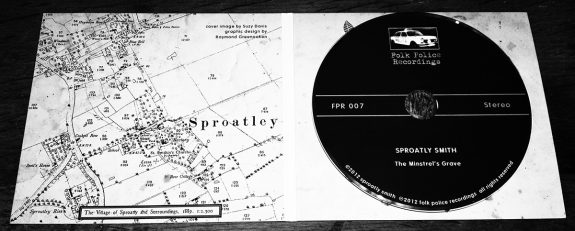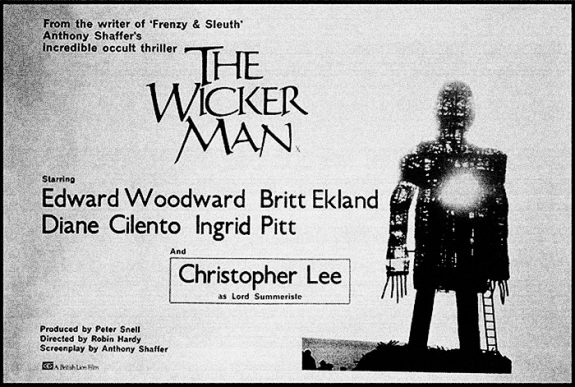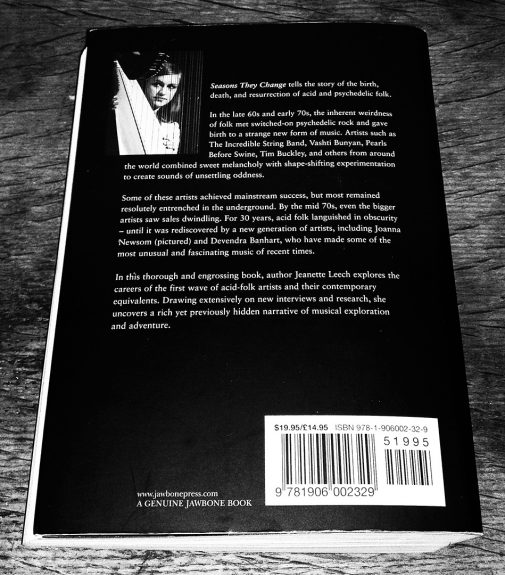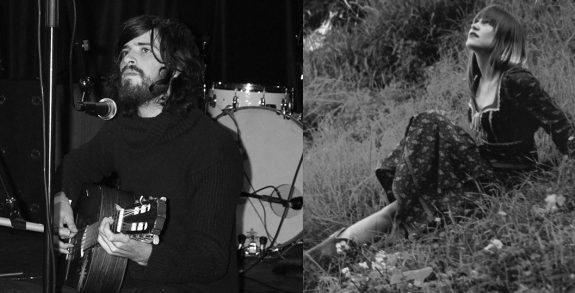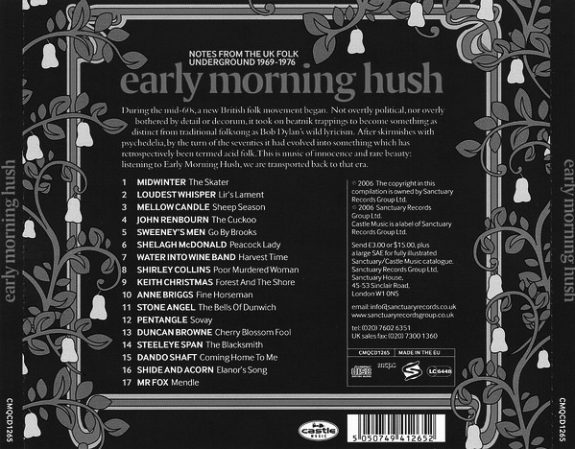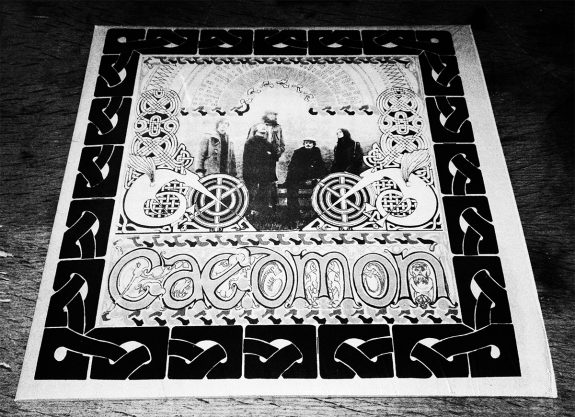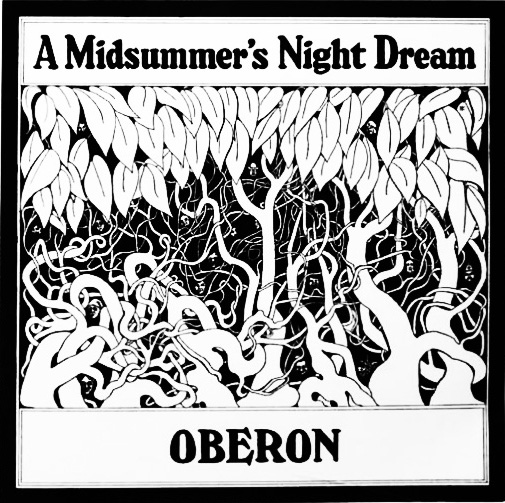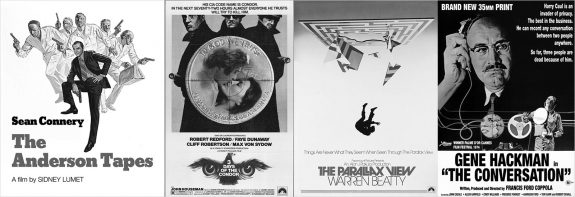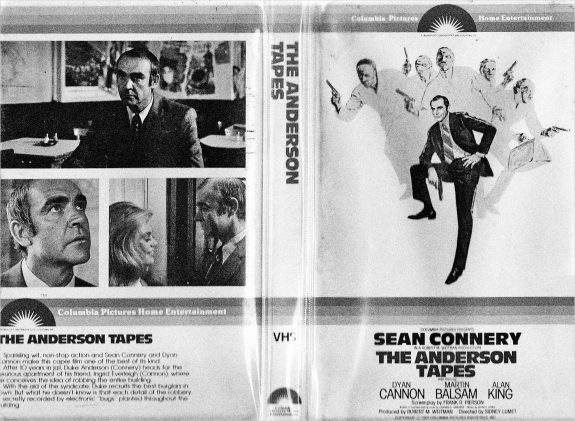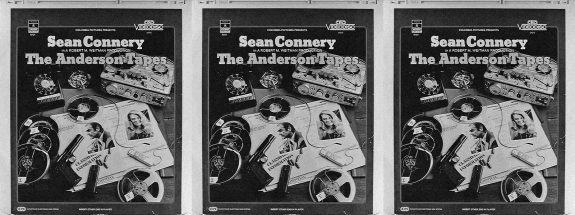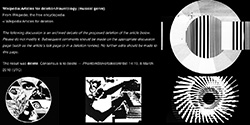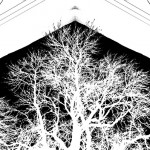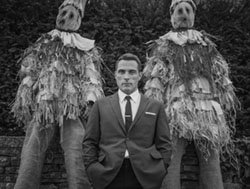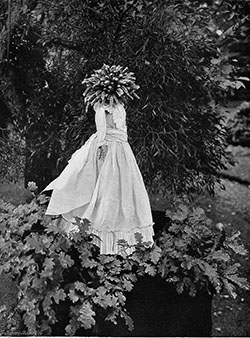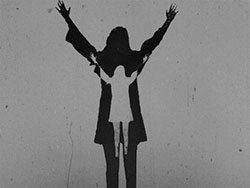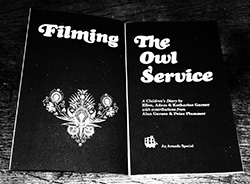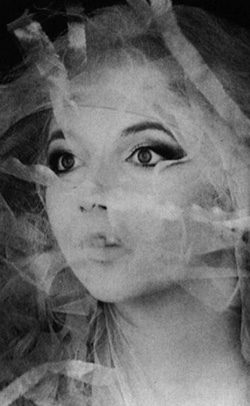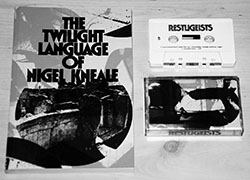Well, the end of the year is upon us, as is this particular yearly cycle of A Year In The Country
So, just to say thanks to anybody who has “tuned in” to the A Year In The Country site, who has supported the A Year In The Country: Wandering Through Spectral Field book and the A Year In The Country albums and to Suzy Prince and Ian Lowey for their help in putting together the book.
And a thank you to everybody who has written about, broadcast and in other ways supported the various A Year In The Country releases. To mention just a few: We Are Cult, John Coulthart, Shindig!, The Sunday Experience, Bliss Aquamarine, Verity Sharp and Rebecca Gaskell of Late Junction, Norman Records, DJ Food, Fortean Times, Terrascope, Gideon Coe, Flatland Frequencies, state51, Dave Thompson / Goldmine, Gated Canal Community Radio, Wyrd Daze, More Than Human, Electronic Sound, Chris Lambert, Mind De-coder, Sunrise Ocean Bender, The Unquiet Meadow, Folk Horror Revival, Music Won’t Save You, Simon Reynolds, Johnny Seven / Pull the Plug, On The Wire, Graham Dunning, Jude Rogers, The Séance, Starburst and You, the Night & the Music.
It being the end of the year, now would seem like a good time to gather together a few more recent broadcasts and appropriately, appearances in end of year lists of this year’s A Year In The Country releases:
The A Year In The Country: Wandering Through Spectral Fields book was included in Electronic Sound magazine’s end of year book round up, in some rather fine company including Mars by 1980: The Story of Electronic Music, Tangerine Dream: Force Majeure and All Gates Open: The Story of Can.
“A written word accompaniment to the prolific hauntological label of the same name… A 340 page offering spread across 52 chapters, each one representing a week of the year. Bewitching stuff.”
The book was also including in Dave Thompson’s “Spin Cycle’s Best of 2018” list at Goldmine magazine’s site, where it can be found amongst a smorgasbord that includes the likes of Beautify Junkyards, Rowan: Morrison, Comus, Curved Air, The Upsetters, Alison O’Donnell, Soft Cell, Tangerine Dream and Roxy Music just for starters…
The Audio Albion album was also in Electronic Sound’s round up of compilations of the year, alongside amongst other albums Minimal Wave’s The Bedroom Tapes and Prophecy + Progress: UK Electronics 1978-1990:
“Found sounds and electronic discovery from out in the wild… delightful rolling project, commissioning musicians to make field recordings around Britain’s ‘edgelands’…”
Visit issue 48 of Electronic Sound here.
Psychogeographic Review has included two of the A Year In The Country albums in it’s monthly reviews:
“Blending music and field recordings Audio Albion maps out the countryside and edgelands of this island and immerses us in the myths and legends that inhabit even the most mundane landscapes. The album comprises the work of fifteen different artists. But this is not a collection of tracks: it is a carefully constructed aural journey.” Psychogeographic Review
“Shildam Hall Tapes is an imagined soundtrack for the film and includes tracks by several artists who have featured on other A Year in the Country releases… steadily building up a body of work that presents an alternative view of rural Britain. A Year in the Country’s lens both distorts and illuminates its subject matter… the project’s output is consistently fascinating.” Psychogeographic Review
Gavino Morretti’s Dawn Of A New Generation from The Shildam Hall Tapes was on the Golden Apples of the Sun radio show. Always worth a visit, this particular episode also includes the likes of Death and Vanilla, Lee Hazelwood, Jonny Trunk and Seefeel. The show is archived here.
Grey Frequency’s Nottingham Canal and Time Attendant’s Hidden Parameters from The Quietened Mechanisms was on the 4th November 2018 episode of the You, the Night & the Music radio show, alongside Mat Handley of Pulselovers other rather fine eclectic selections. Originally broadcast on Sine FM, the show is archived here.
Which just leaves me to say thank you to all who have contributed music to this year’s A Year In The Country albums; Howlround, Grey Frequency, Listening Center, David Colohan, Sproatly Smith, Embertides, United Bible Studies, Magpahi, Keith Seatman, Time Attendant, Circle/Temple, The Straw Bear Band, Dom Cooper, Field Lines Cartographer, Vic Mars, Depatterning, Pulselovers, The Soulless Party, Quaker’s Stang, The Heartwood Institute and Spaceship.
It is all much appreciated. A tip of the hat to you all.
Thanks!
